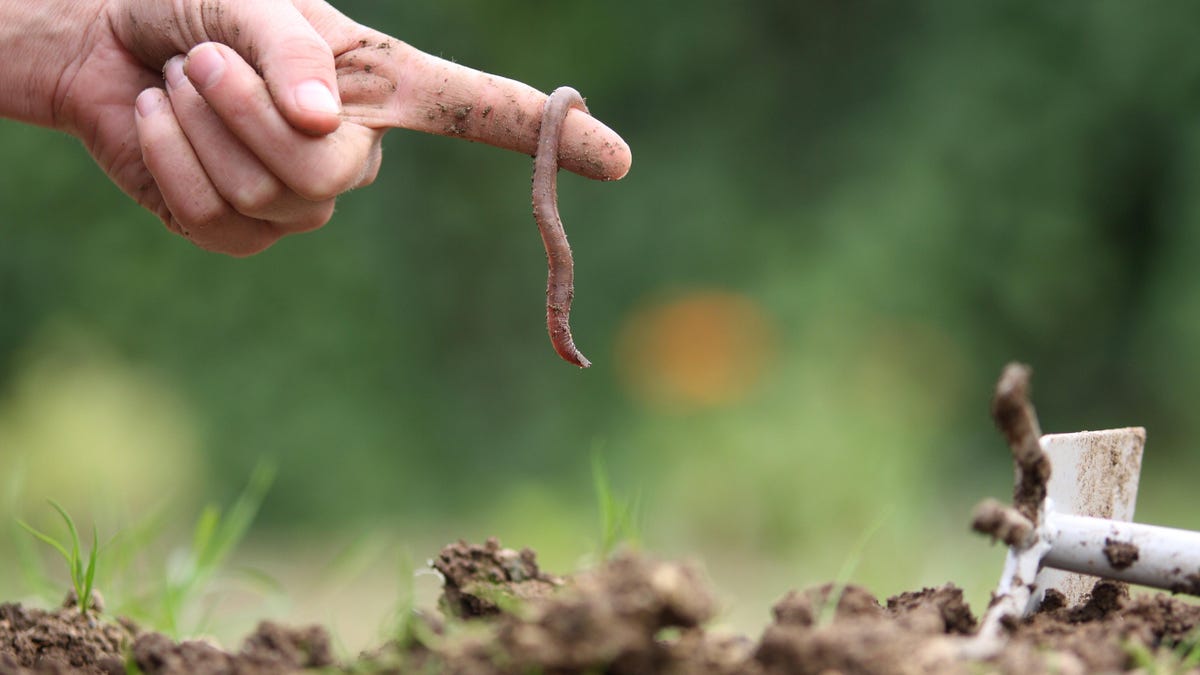The Best Way to Stop Jumping Worms From Invading Your Garden

With plant replacement and compost in full swing, it’s important to keep an eye out for invasive jumping worms. These critters leach nutrients out of the soil so quickly that they can kill native plants, unlike regular earthworms, which are considered good for the soil. Luckily, there is a simple trick to keep these pests at bay.
How to spot a jumping worm
Jumping worms move like bloated earthworms. They thrash and slither like snakes, unlike native earthworms, which tend to move much more slowly. They also have a light stripe closer to the head than native earthworms. If you see any jumping worms in the soil you purchased, or in plants from a store or trade, you need to perform mitigation procedures before the soil hits the ground.
When transporting soil from one place to another, it’s important to watch out for jumping worms – if you’re not sure if the soil is contaminated, you should “solarize” it before it enters the garden. Some garden soil from the shops has already been worked on, but it’s often not available with free compost or soil giveaways, so you should always check.
How to solarize soil
Before laying new soil on your beds, it should be “solarized”. This includes spreading the soil on the black plastic to a depth of no more than six inches, covering the soil with the plastic, and leaving it in the afternoon sun. When you scatter the ground, you should look for jumping worms. Even if you can’t see them, cocoons may still be alive. The point is to heat the soil to at least 105°F using the heat of the sun. If you buy bagged soil or compost, you can place it in a black plastic trash bag in the sun for the same effect. You can use a soil thermometer to make sure the soil is warm enough.
Once the soil is already in the ground, solarization won’t work because the worms are free to move to cooler areas of the soil when it’s exposed to heat. You can warm up the top six inches or so, but the soil below will remain at a relatively constant temperature. Once transported soil is in the ground, invasive worms are notoriously difficult to get rid of, so it is important to treat it before it mixes with the rest of the dirt.
Distribution and selection method
There is also a “spread and select” worm removal method – and that’s exactly what it sounds like. Just spread the earth on a tarp or plastic and look for jumping worms. When you see them, take them out, put them in a plastic trash bag, and throw them in the bin, not the compost bin. Birds can help you with the scattering and collection method, but they are less picky about what worms they eat. In addition, the scattering and collection method may allow some cocoons to survive. That’s why the best way to solve this problem is to use heat.
To prevent jumping worms from spreading in places like plant exchanges, you can try trading bare root plants without potting soil. Bare-rooted plants can be placed in sterile potting soil for transport, and this method should keep the worms from moving around.